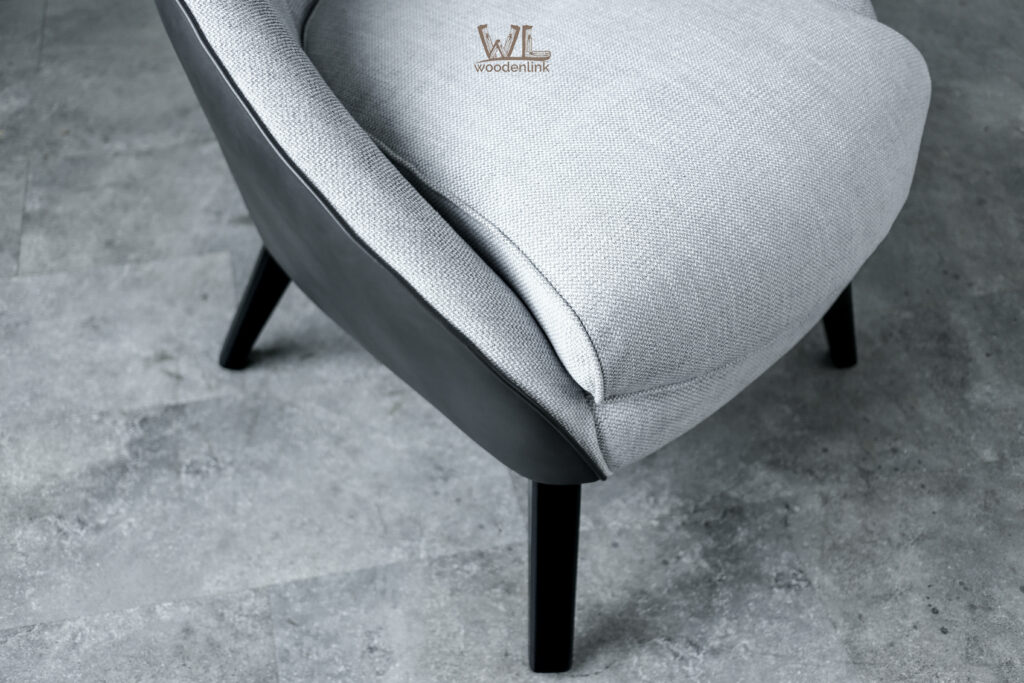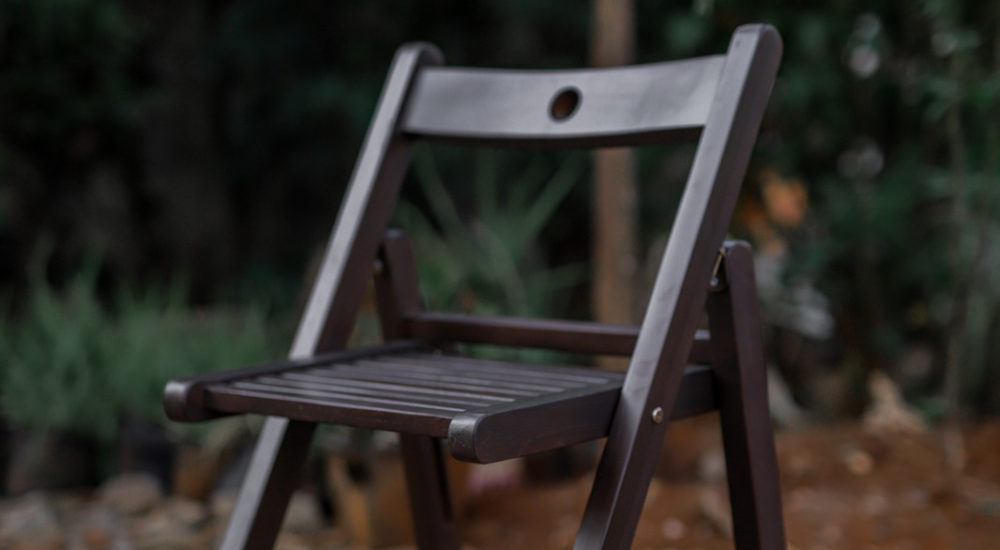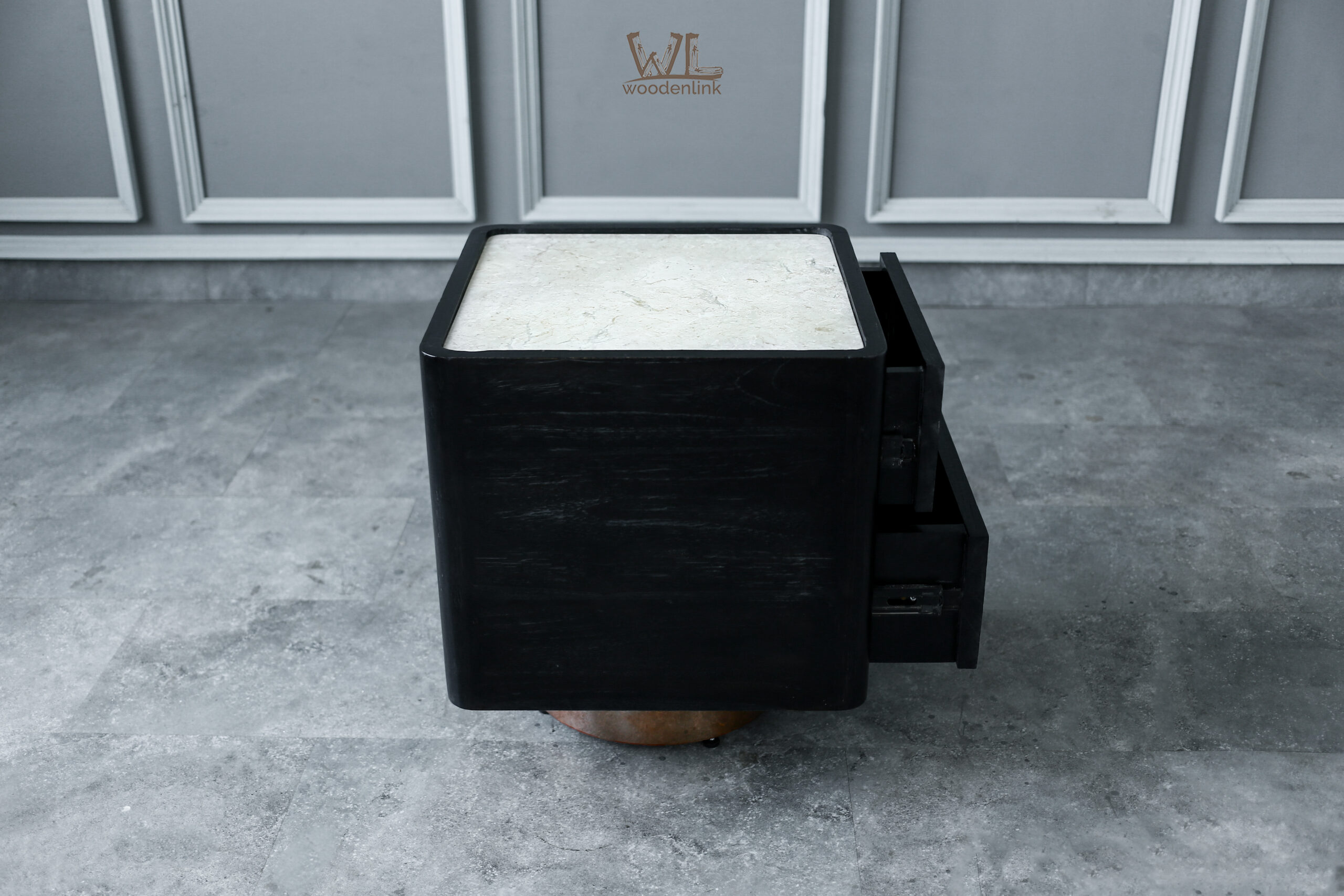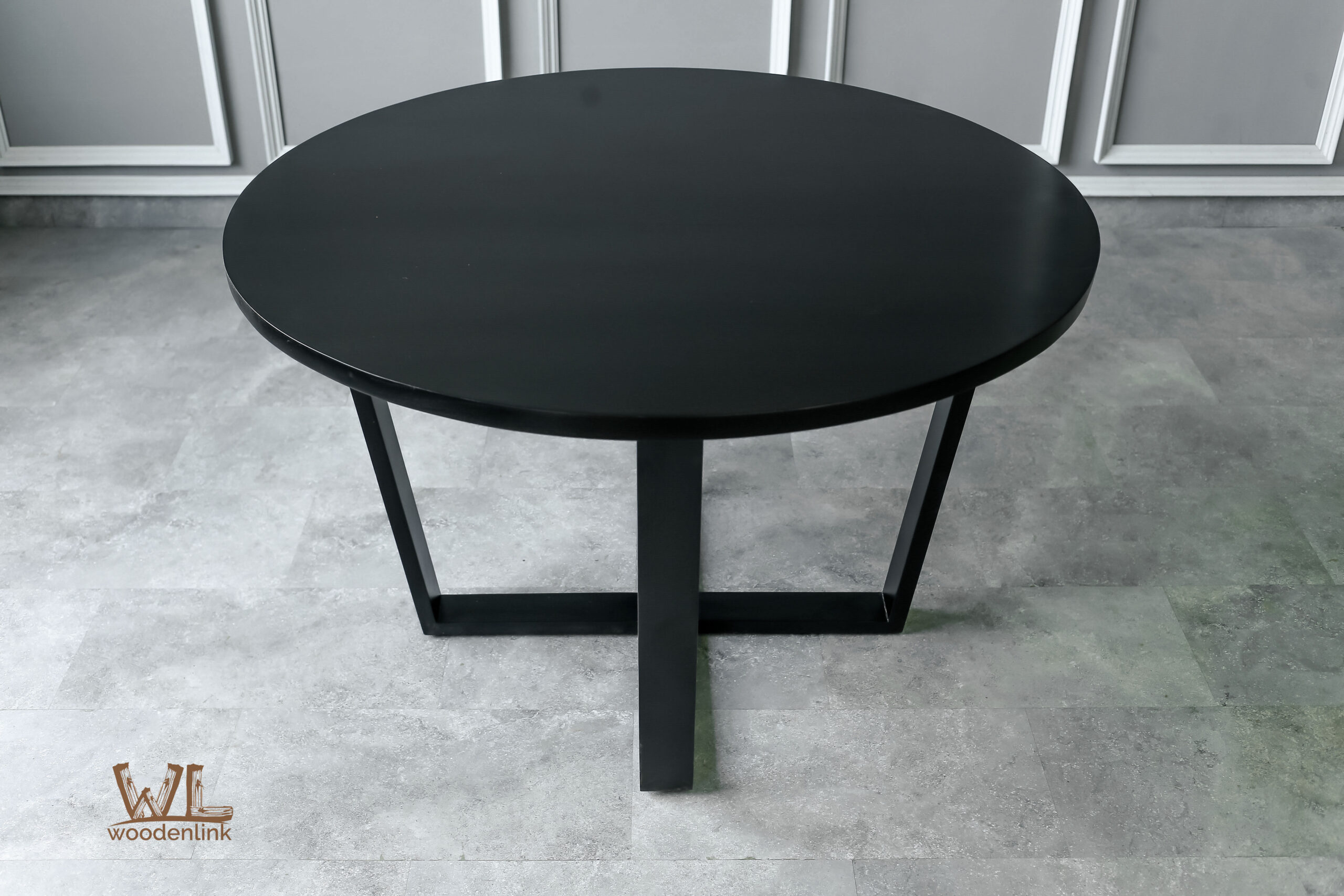Custom made furniture sure seems amazing, but before you decided to order them. Take a look at this common realities:
- Budget for potential cost overruns.
- Be prepared for minor imperfections.
- Communication is key – manage expectations early.
- Choosing the right wood species is crucial.
- Custom furniture requires dedicated maintenance.
- Enjoy the process, not just the product.
While the allure of custom made wood furniture is undeniable, the process isn’t always sunshine and roses. Before you embark on this exciting journey, it’s essential to be aware of some harhs realities that may not be readily discussed. By understanding these realities, you can approach the project with realistic expectations and ensure a smoother, more satisfying experience.

1. Time is of the Essence (But Not Always Yours)
Lead times for custom-made furniture can be significantly longer than anticipated. Factors like wood selection, joinery techniques, and the complexity of the design can all contribute to extended wait times. According to furniture designer John Gregson, “It’s important to remember that custom furniture is a handcrafted process, not a mass-produced one. Each piece is unique and requires meticulous attention to detail, which naturally takes time.”
2. Budgeting Beyond the Quote
While the initial quote for your custom made furniture may seem set in stone, be prepared for potential cost overruns. Unexpected wood variations, unforeseen design modifications, or even changes in hardware can all contribute to additional charges. Interior designer Sarah Williams suggests, “It’s wise to factor in a 10-15% buffer to your initial budget to account for any unforeseen circumstances.”
3. The Beauty of Imperfections
Embrace the inherent imperfections that come with custom made furniture. Unlike mass-produced pieces, handcrafted furniture may exhibit slight variations in grain patterns, color tones, or even minor imperfections. These variations are not defects but rather testaments to the uniqueness and natural beauty of the wood. As John Gregson puts it, “These ‘imperfections’ are what give custom furniture its character and soul, making each piece a one-of-a-kind work of art.”
4. Communication is Key
Open and consistent communication with your furniture maker is paramount. Clearly articulate your vision, expectations, and budget right from the beginning. Don’t hesitate to ask questions, share reference images, and discuss any concerns you may have. Remember, the clearer the communication, the less likely there are to be misunderstandings and potential project delays.
5. Choosing Wisely: The Wood Matters

Selecting the right wood species for your custom-made furniture is crucial. Different wood types offer varying degrees of durability, stability, and aesthetic appeal. Consider factors like the intended use of the furniture, your desired aesthetic, and your budget when making your selection. Consulting with your furniture maker to understand the pros and cons of different wood options is highly recommended.
6. Maintenance Matters: A Long-Term Commitment
Custom-made furniture requires dedicated maintenance to ensure its longevity and beauty. Depending on the wood type and finish, this may involve regular dusting, periodic cleaning with appropriate products, and potentially even occasional refinishing. While the maintenance may seem like an additional burden, it’s a small price to pay for enjoying your custom-made piece for generations to come.
7. Enjoy the Journey, Not Just the Destination
The process of creating custom made furniture can be just as rewarding as the finished product itself. Embrace the collaboration with your furniture maker, witness the transformation of raw materials into a piece of functional art, and appreciate the craftsmanship that goes into each step. By savoring the journey, you’ll gain a deeper appreciation for the unique piece you’ve brought to life.
Conclusion:
Custom made furniture offers the ultimate in personalization, quality, and aesthetic appeal. However, it’s important to enter the process with realistic expectations and an understanding of the potential challenges. By acknowledging these uncomfortable truths and taking a proactive approach, you can ensure that your journey toward owning a custom made piece is one of informed decision-making, clear communication, and ultimately, immense satisfaction.







